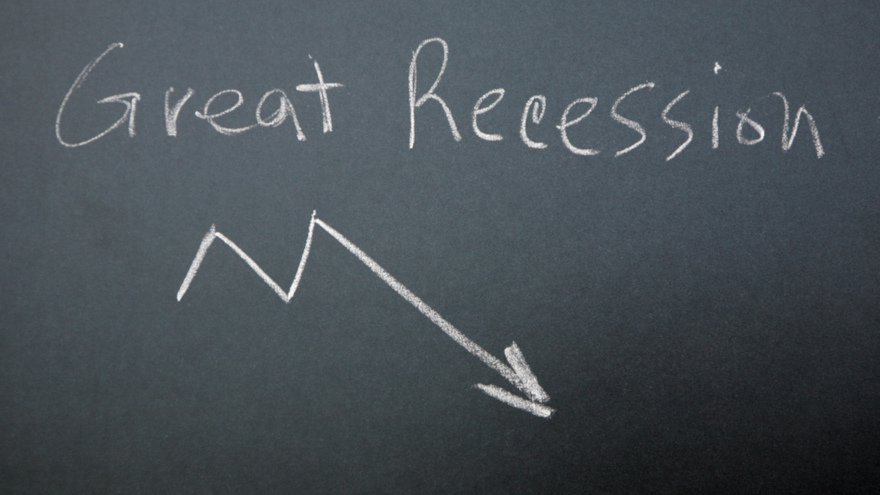Report analyzes changes in US subprime auto ABS since Great Recession

Photo credit: James R. Martin / Shutterstock.com
By subscribing, you agree to receive communications from Auto Remarketing and our partners in accordance with our Privacy Policy. We may share your information with select partners and sponsors who may contact you about their products and services. You may unsubscribe at any time.
NEW YORK –
S&P Global Ratings published a report on Friday, examining adjustments in auto-related asset-backed securities (ABS) transactions since the Great Recession.
The 16-page endeavor took a special look at the subprime market, explaining that speculative-grade issuance growth and weaker structural protections could lead to more rating volatility. S&P Global Ratings made that assertion in the report shared with SubPrime Auto Finance News, titled, “10-Year Retrospective: Changes in U.S. Auto ABS in the Decade Since the Great Recession.”
Analysts began their discussion by noting one major change for subprime auto ABS during the past decade has been the replacement of bond insurance with internal forms of credit enhancement. Prior to 2008, S&P Global Ratings indicated most subprime issuers relied on bond insurance as the primary form of credit enhancement for their AAA rated transactions.
However from 2008 to 2010, bond insurer downgrades led to many auto ABS downgrades, according to S&P Global Ratings.
"At the same time, subprime issuers faced liquidity issues as lenders, and the debt market shunned riskier forms of lending,” analysts said in the report. “This led to a significant contraction in the number of subprime auto loan ABS issuers.”
After the recession and as the economic recovery strengthened, S&P Global Ratings pointed out that market participants adjusted to the lack of bond insurers. The number of subprime issuers receiving ABS standalone ratings from S&P Global Ratings increased to 18 in 2018 from only three in 2008. That trio included AmeriCredit, Credit Acceptance and Consumer Portfolio Services.
Subscribe to Auto Remarketing to stay informed and stay ahead.
By subscribing, you agree to receive communications from Auto Remarketing and our partners in accordance with our Privacy Policy. We may share your information with select partners and sponsors who may contact you about their products and services. You may unsubscribe at any time.
Analysts recollected many of the new issuers first came to the market with capped ratings of A (sf) or AA (sf), But over time, analysts acknowledged some issuers have achieved AAA (sf) ratings.
S&P Global Ratings explained that credit enhancement for these deals have been provided through the structure, with AAA (sf) rated bonds being able to withstand approximately 70 percent to 93 percent in cumulative gross losses, depending on the base-case loss level.
“The bond insurers’ departure has resulted in fewer structural protections, including performance triggers,” analysts said in the report. “Some of these triggers, if breached, increase the amount of credit enhancement available to noteholders, depending on how tightly they are structured.
“Also, without the structuring influence and the control party responsibilities of the bond insurers, there is more risk should the servicer encounter financial or other difficulties,” they continued. “Previously, poor pool performance or weak servicer financial results would allow the bond insurer to replace the servicer. Those provisions have been removed, making it more difficult to transfer servicing quickly in advance of more serious credit deterioration.
“Further, the bond insurers had more stringent conditions regarding extensions and modifications than we see today in subprime auto loan ABS transaction documents. The looser standards potentially expose subordinated investors to more back-end credit risk,” analysts went on to say.
S&P Global Ratings closed its discussion about the subprime ABS market by making one more assertion.
“Given the absence of bond insurers as control parties and key structuring agents, and the proliferation of speculative-grade classes in subprime autos, we believe speculative-grade subprime auto loan ABS are now more susceptible to downgrades than in the past,” analysts said.
S&P Global Ratings also went into great detail on how automaker bankruptcies impacted the auto ABS. For the full 10-year retrospective report, go to this website.


